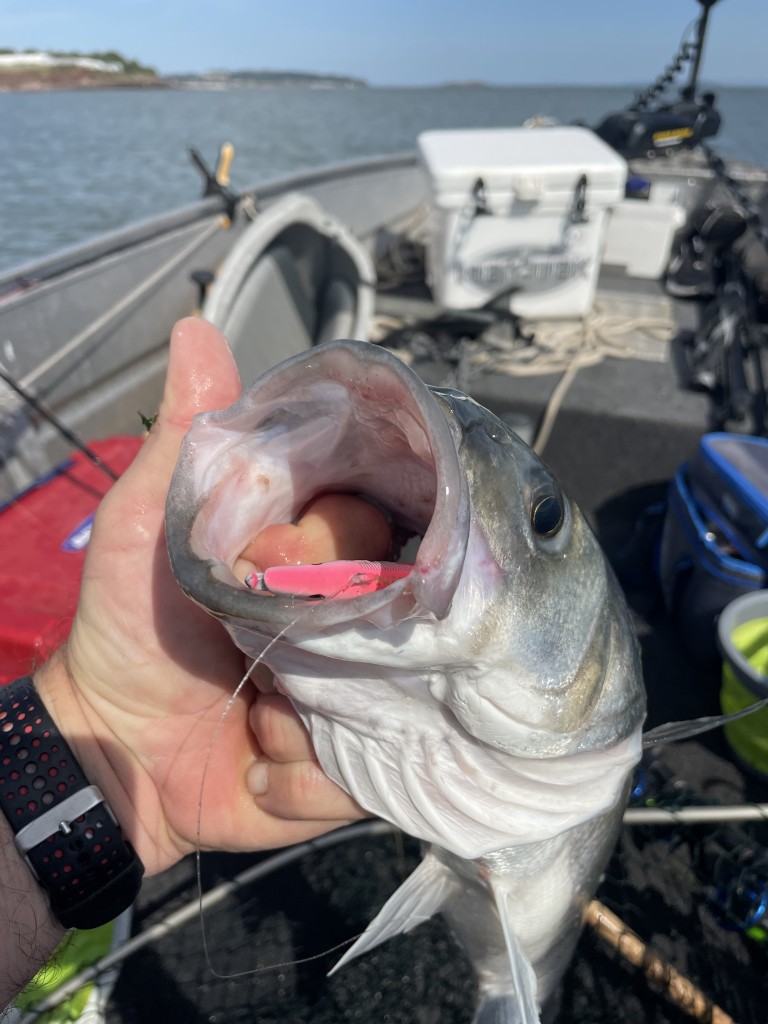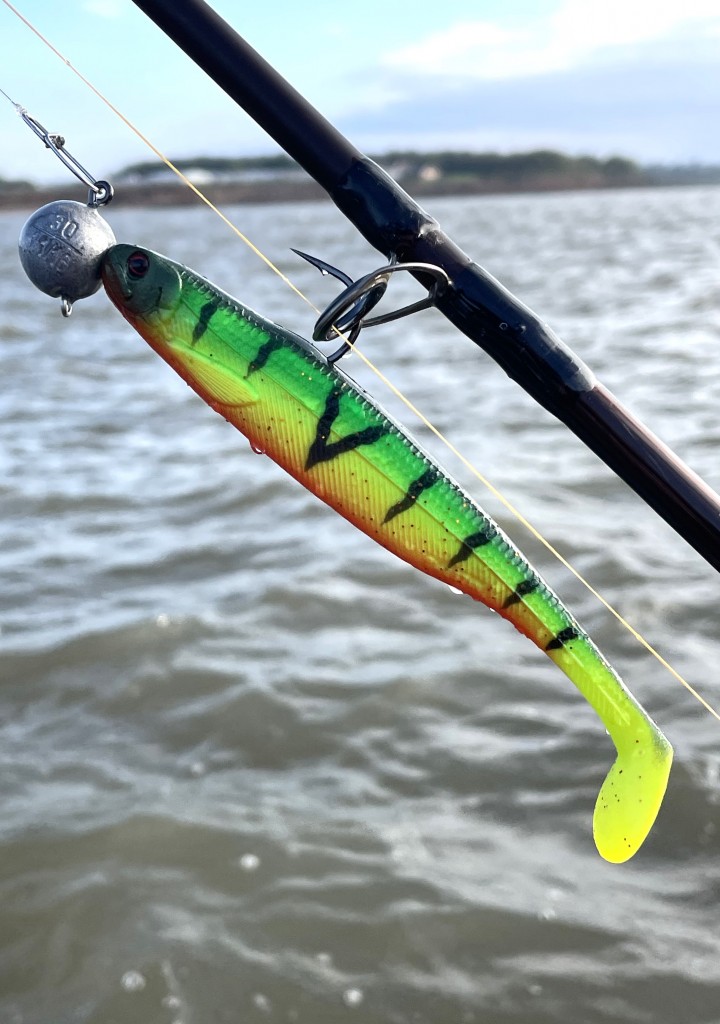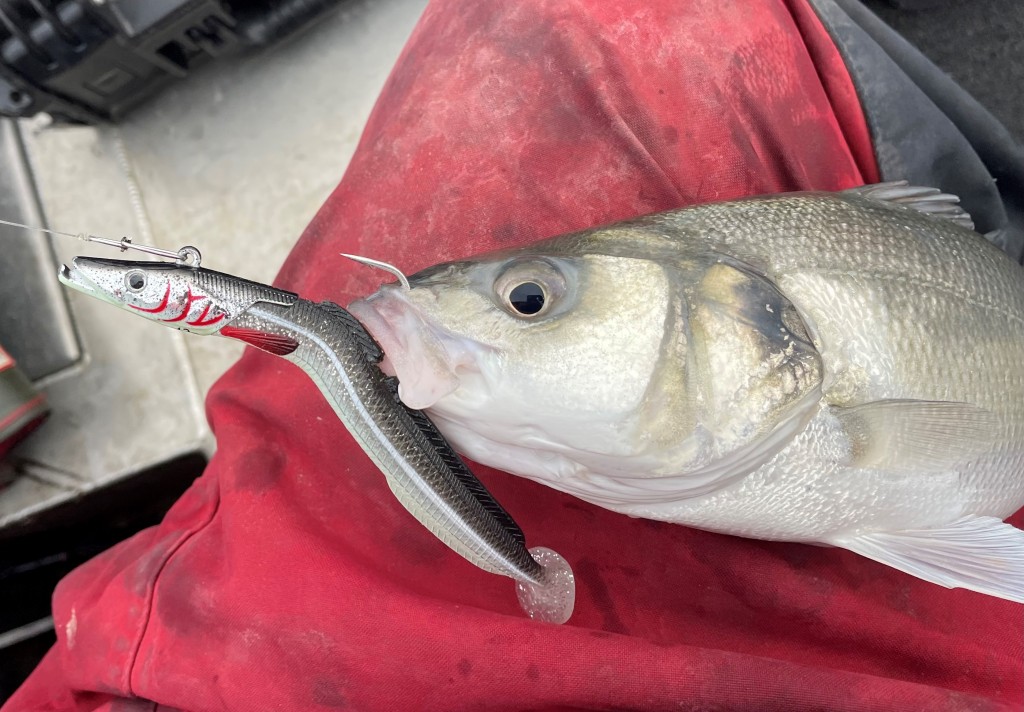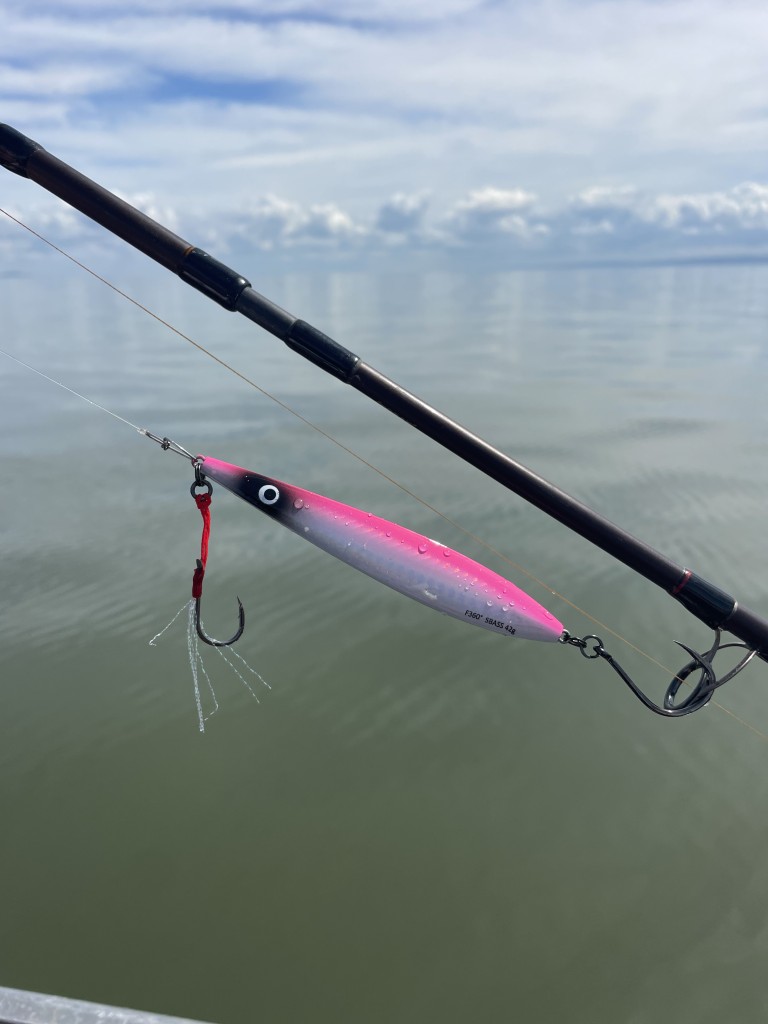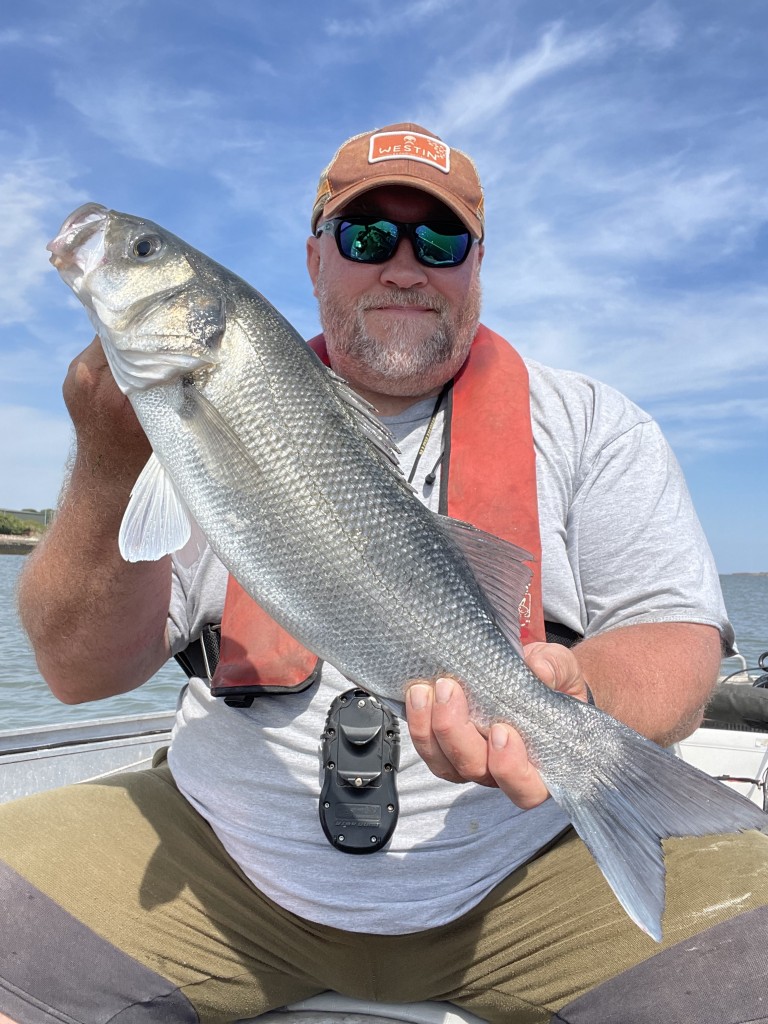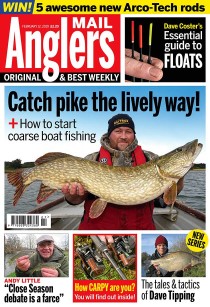Bass on Lures
Bass can be caught on more or less anything, I often pick a few up each year while fishing for other species such as rays, and smooth hounds, so they are not that picky when they are in a feeding mood. But the real fun way of catching them and catching a lot of them is to use lures.
There are loads of lures that will catch bass at the right time, it is knowing what lures to use when that is the secret. Usually, my preference is fishing a soft plastic lure, simply because they are so versatile in how they can be fished.
My two favourites are the Westin Sandy Andy, which is a Sand Eel analogue, and the Westin Slim Teeze, which is more of a generic bait fish but slim in the body like a lot of sea fish are. The beauty of both these lures is that you can alter the weight of them by using different jig heads to suit where you are fishing.
I mainly boat fish for bass, usually is relatively shallow (20ft – 30ft) but fast flowing water so I usually will use a Jig head of 30g from the Slim Teeze and 42g for the Sandy Andys. Occasionally I will need to go heavier dependent on current.
Rods and Reels;
I use my Zander set up! Simple. I just make sure I give it a good wash with fresh water after use.
My Zander set up is Westin W4 Powershad T – XXH 7ft 3inch 50 – 150g Rod. For the reel I use a W6 200 size MSG multiplier with W6 Braid in 0.33 mm diameter which is 24.9kg.
For a trace I use 20lb fluorocarbon – it doesn’t need to be this heavy really, but it stands up to the nicks and scratches from rocks better, and you will always get some chaff on the trace if you are fishing really close to rocks, but that’s were you need to be
Retrieve:
I like to fish a soft lure such as a Westin Sandy Andy on an arch back to the boat. You do this by casting out the side of the boat which is either at anchor (spot locked) or drifting slower than the rate of tide (I do this by slowing the boat with the electric bow mount), ideally, I want to be going 0.5 to 0.8 knts less than the tide is. If you go at the same speed as the tide then you don’t get the arch and it is a straight “cross current” retrieve which isn’t as effective.
Once the lure is cast out, I let it sink to the depth I want which is usually a couple of feet above the bottom. Then keeping a tight line, I let the lure work around in an arch which will finish at the back of the boat. As you do this the lure will rise in the water a little (depending on the strength of the current) so every now ang again you need to let a little bit of line out to compensate, or if you are fishing an upward slope or sand bank, you will need to wind in a bit of line as it bends around. Keeping the lure where you want it is a trick that needs to be mastered, but it’s a great way of fishing and completely different to a straight retrieve.
Noise;
There has been a lot of dogma written about Bass being super sensitive creatures they shy away from any disturbance from boats. It has been said that even the shore rock angler is best to creep around for risk of disturbing them. I however think this is rubbish, Bass feed in thundering surf, with waves smashing into rocks and weed being swirled around. I have often seen them swimming in and out of various piers where hundreds of people are stomping around eating ice cream.
Now, I am not the most subtle person in a boat, I have long since come to terms that I must have been born naturally clumsy and often drop things, kick things and generally fall about in my boat. So, I don’t think that I can be described as quiet either. This hasn’t stopped me catching Bass even in shallow water.
Several of the marks I fish are amongst rocks, which means I keep my main engine on. Yes, I will move about with the electric engine or use it to spot lock, but the main engine stays on. This is for safety, as sometimes if a swell comes in or the tide swirls around it can get you out of trouble quickly, I don’t want to be bouncing off rocks.
Colour Changes;
Let’s face it, even with the current size limit on Bass (42cm and a maximum of two fish per day), there is little enforcement so most bass only ever get caught once, which Is why I don’t think colour matters too much, certainly not nearly as much as in pike or zander fishing.
A change in colour is however a very useful thing, sometimes, even in the mucky upper Bristol Channel the fish can change their preference. A change of colour can also winkle a few more fish out of a spot. For example, if I have caught a few over the same area on a drift, and it has gone noticeably quiet. Before moving somewhere else, I will always fish the same lure style that has been catching but in a change of colour and sometimes this will pick up a few extra fish.
I rationalise it as Bass are shoal fish, often several “shoal mates” will follow a hooked fish to the boat, a bit like perch sometimes do. Maybe these fish will be put off if the same colour lure is fished over them again? Obviously, there was something about the “type” or “action” of the lure that made the first fish take so the next action is to change the colour, so it looks kind of different / kind of the same. It sometimes works!
In most instances I like natural colours and will always clip them on them first, even in coloured water. Knowing where I have caught Bass from before I am not overly worried about them not seeing the lure. The only exception is if there is a lot of particulate sand in the water, which kills the fishing stone dead. You can often see this in shallow water when the tide picks up and “puffs” of sediment come off the bottom – they don’t like that and its time to pack up or move somewhere else.
Timing:
Like every good joke, timing is everything when it comes to Bass fishing. It is something I have learnt the hard way. Fishing Bass marks at the wrong state of tide is something I have fallen foul off. Often you can be there, and the conditions look great, but it is as if the area is devoid of Bass. Then half hour later into the tide run and it can be a fish a cast.
A lot of anglers are under the assumption that the Bass simply turn up when the tide starts to flow but using the side imaging, I can say that in most cases they are there all the time just not feeding. I think it is the water flow rate that triggers them to feed so you really do need to know your local marks and when the fish are likely to feed there.
Some of the marks I fish you will literally have 30 mins to fish before its all over and the flow is too much. Try stating earlier and you are wasting your time.
What this means in real terms is that if your lure fishing you are chasing the tide, which is quite doable but with areas with a big tidal range it might mean several miles between marks to catch the same flow rate.
Conclusion;
Bass are fabulous fish to catch on lures. They are a tough species that handle catch and release really well. They are also an extremely vulnerable species in that they are slow growing and its possible to catch a lot if you know what you’re doing, recreationally we have one of the best Bass fisheries in the world and we need to look after it. We can do very little to stop commercial overexploitation of them, but, as anglers we can do our bit by sticking to catch size and limits.
